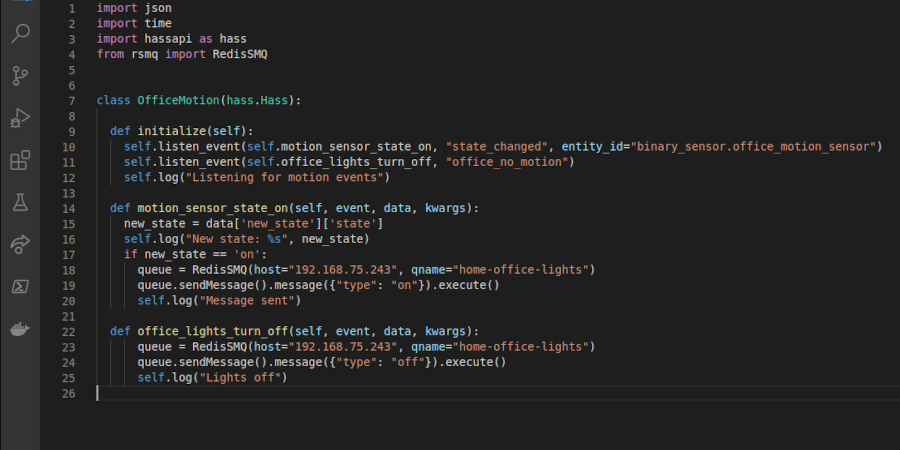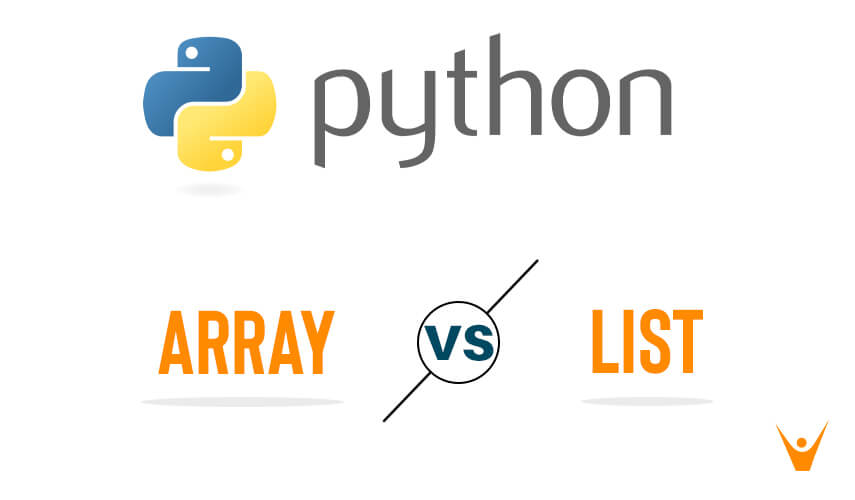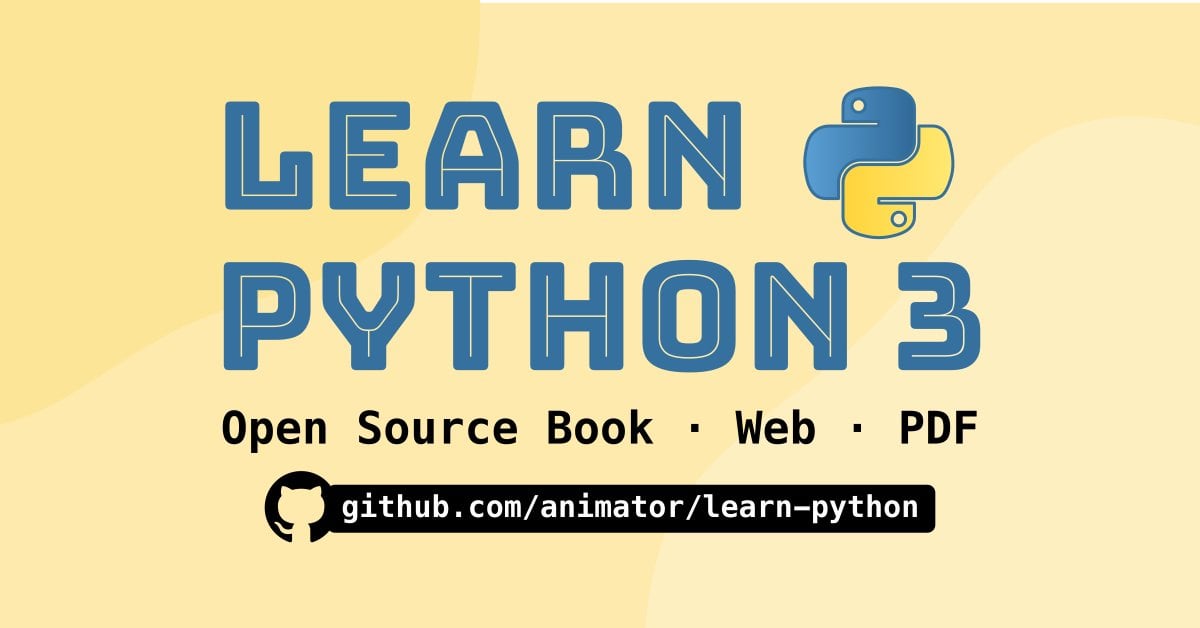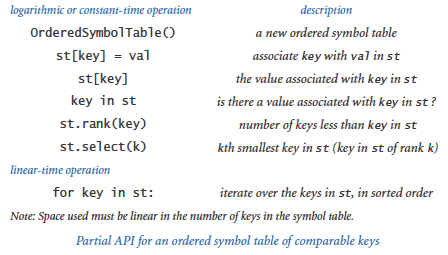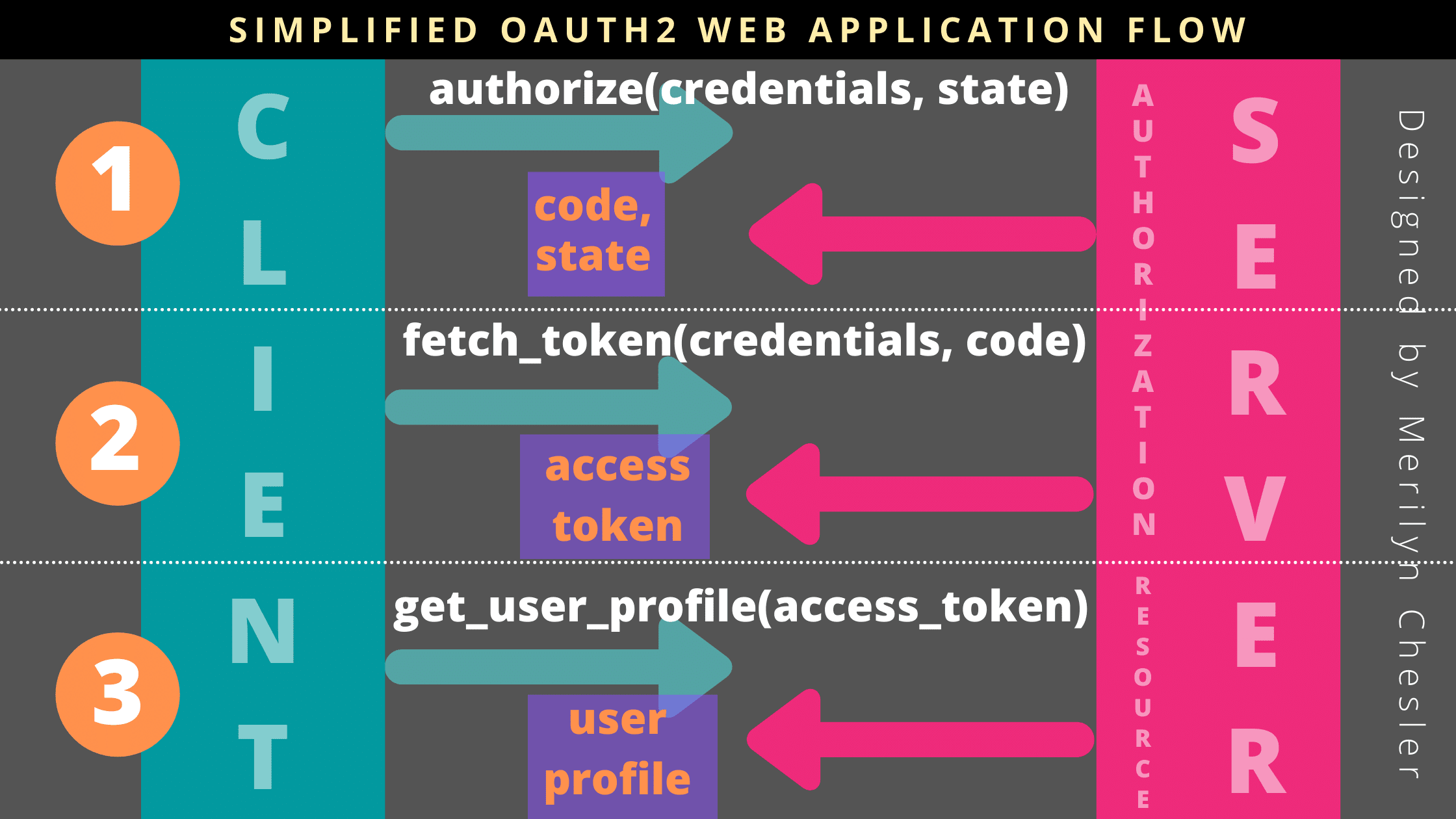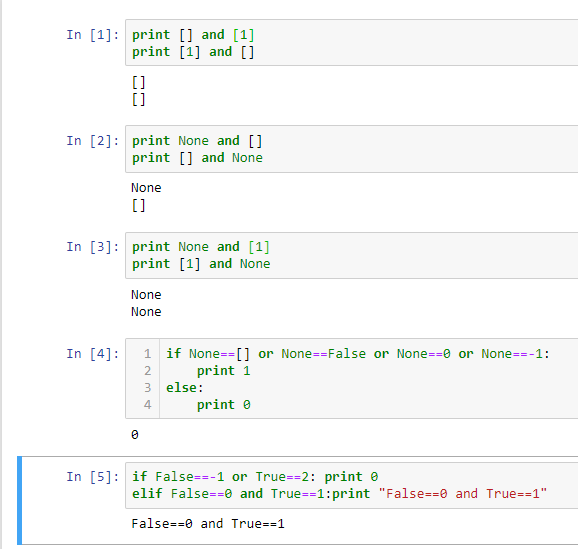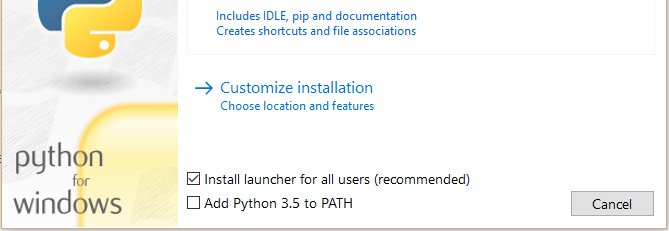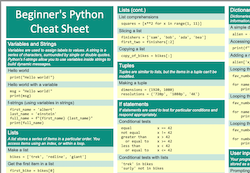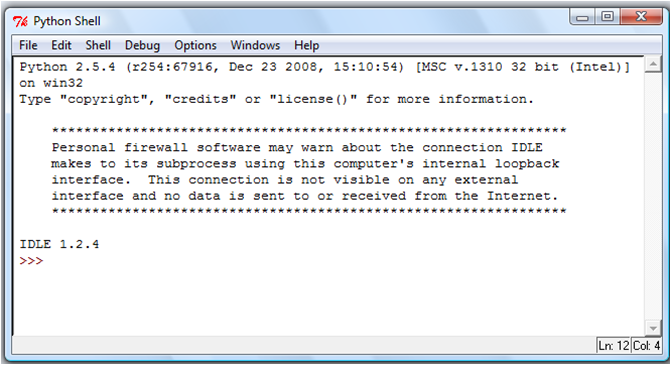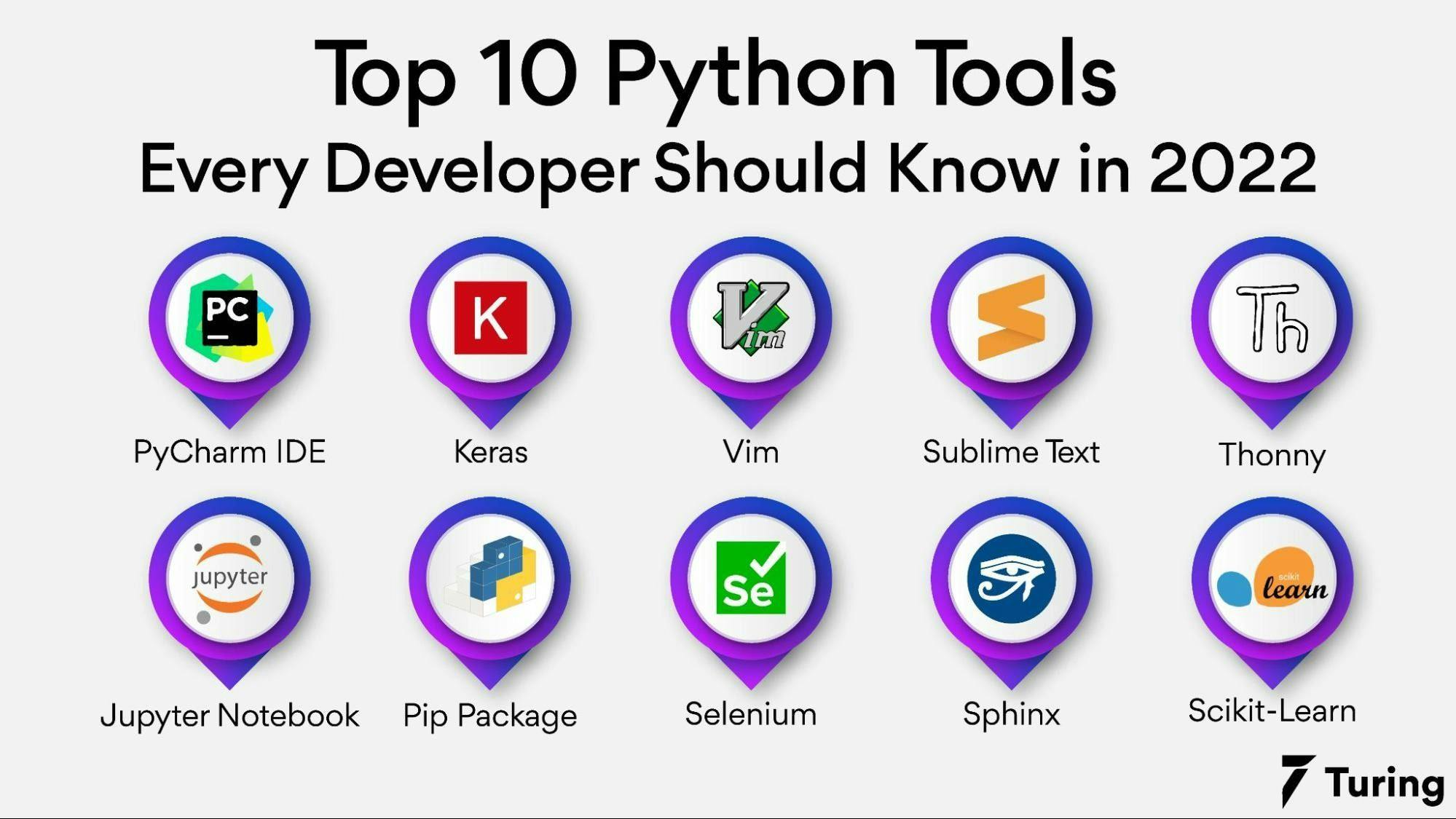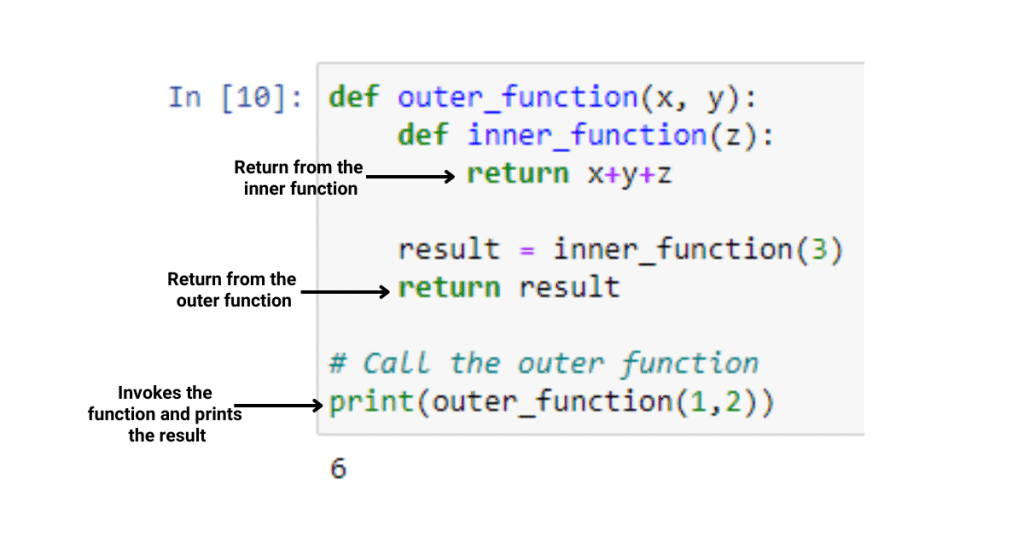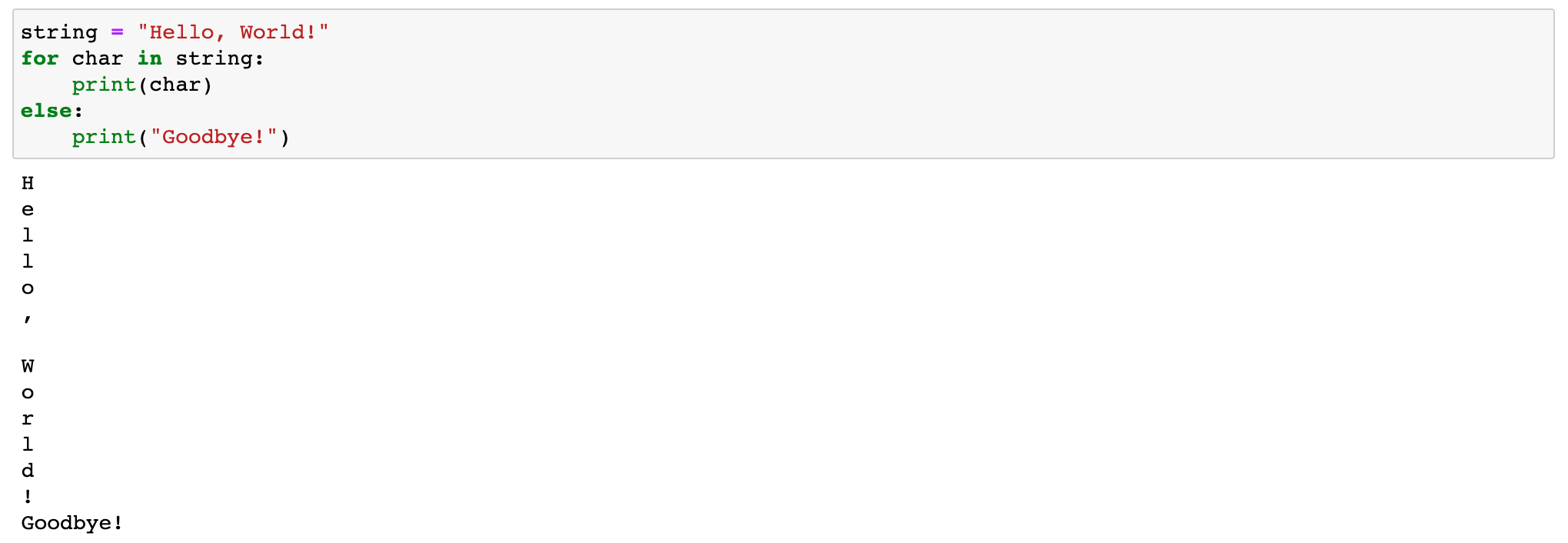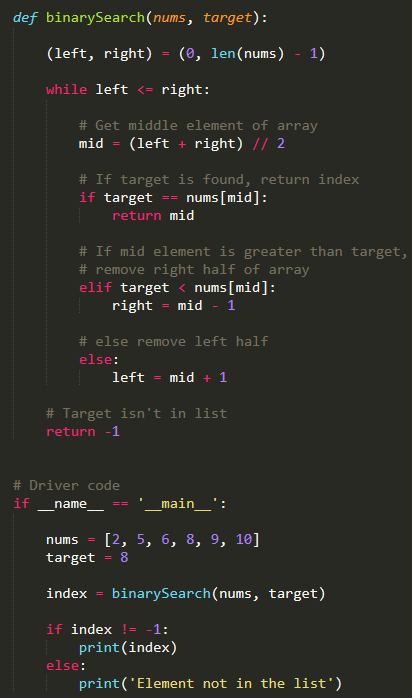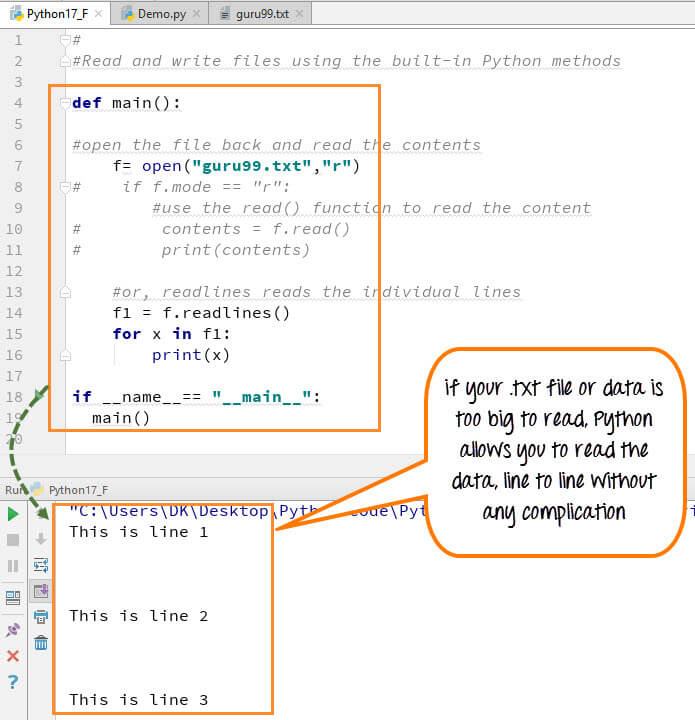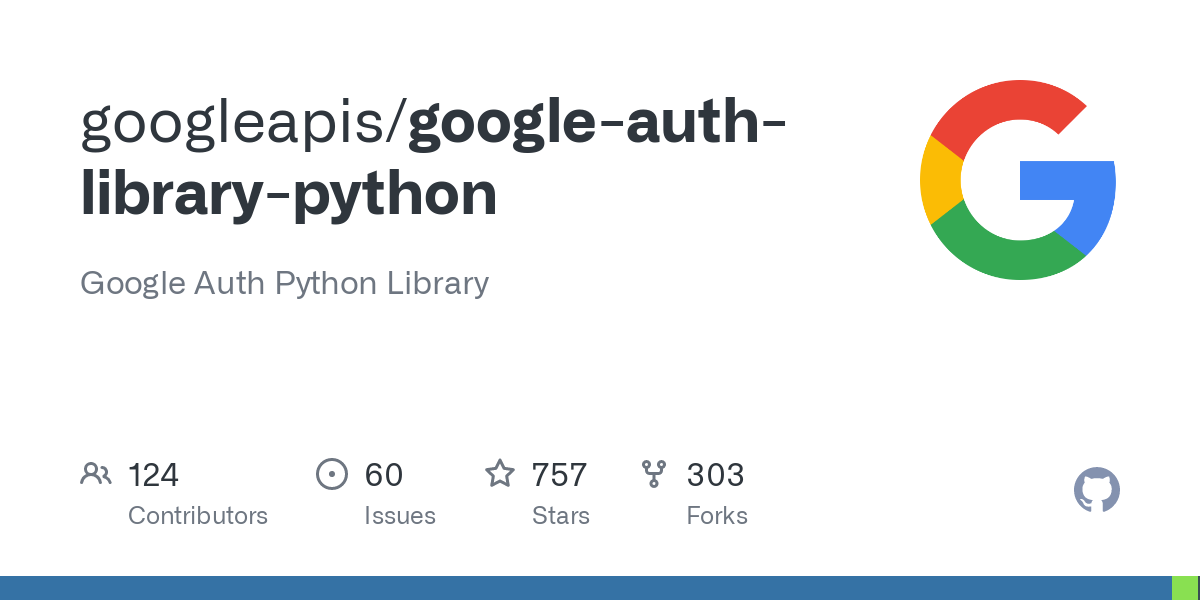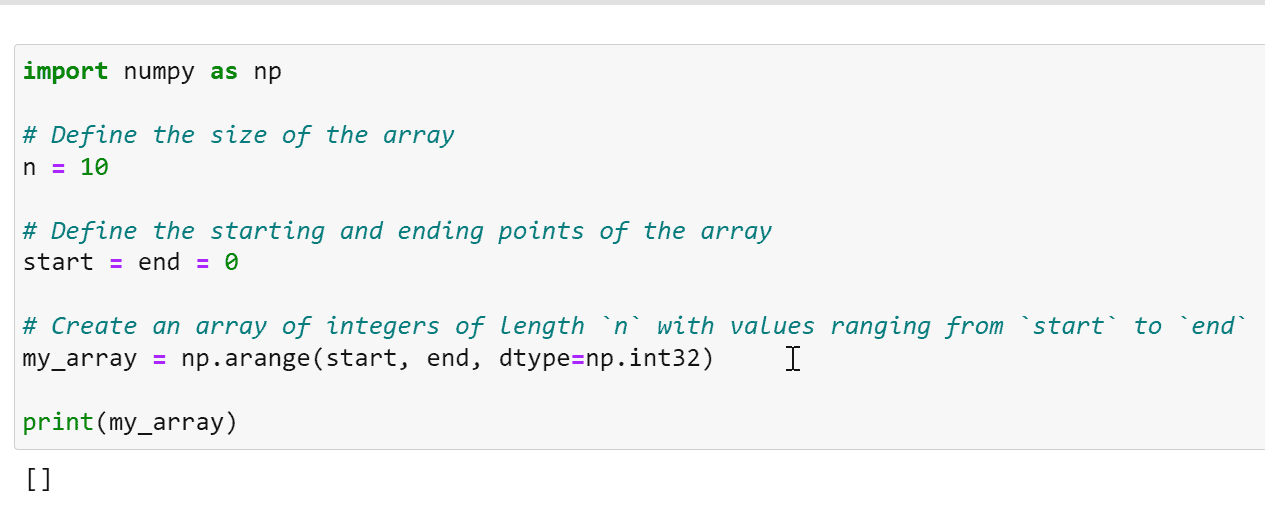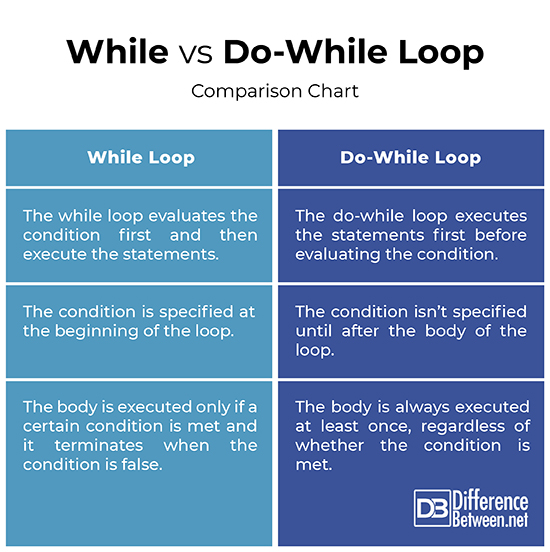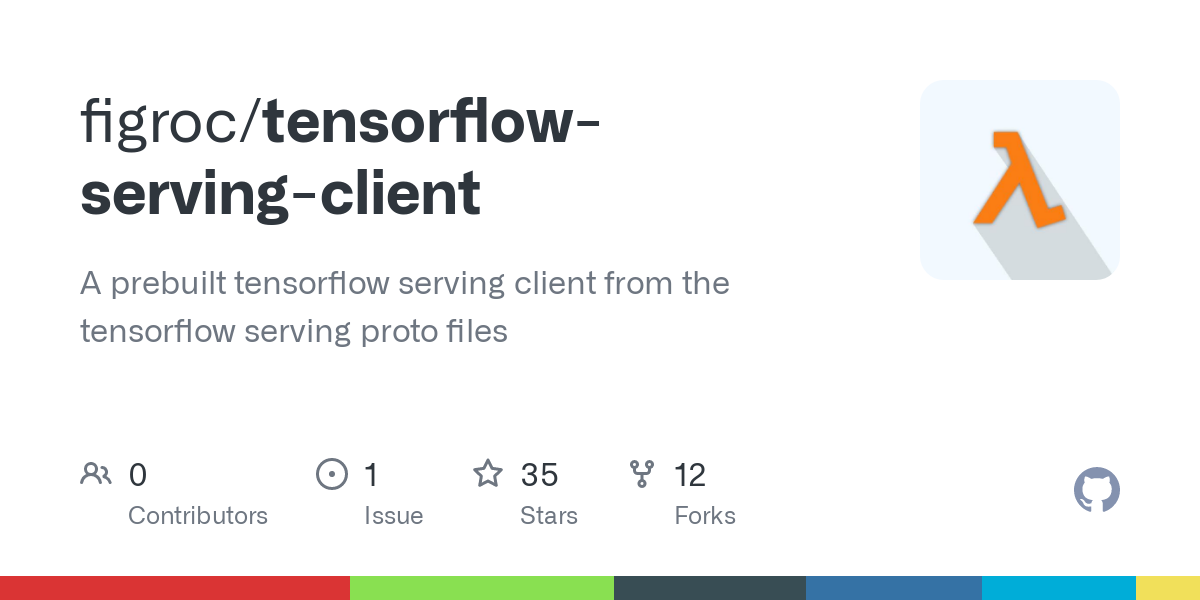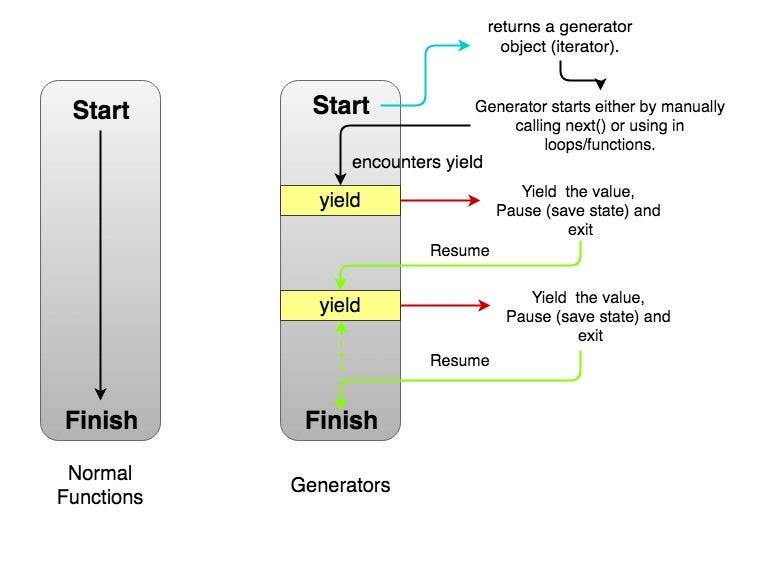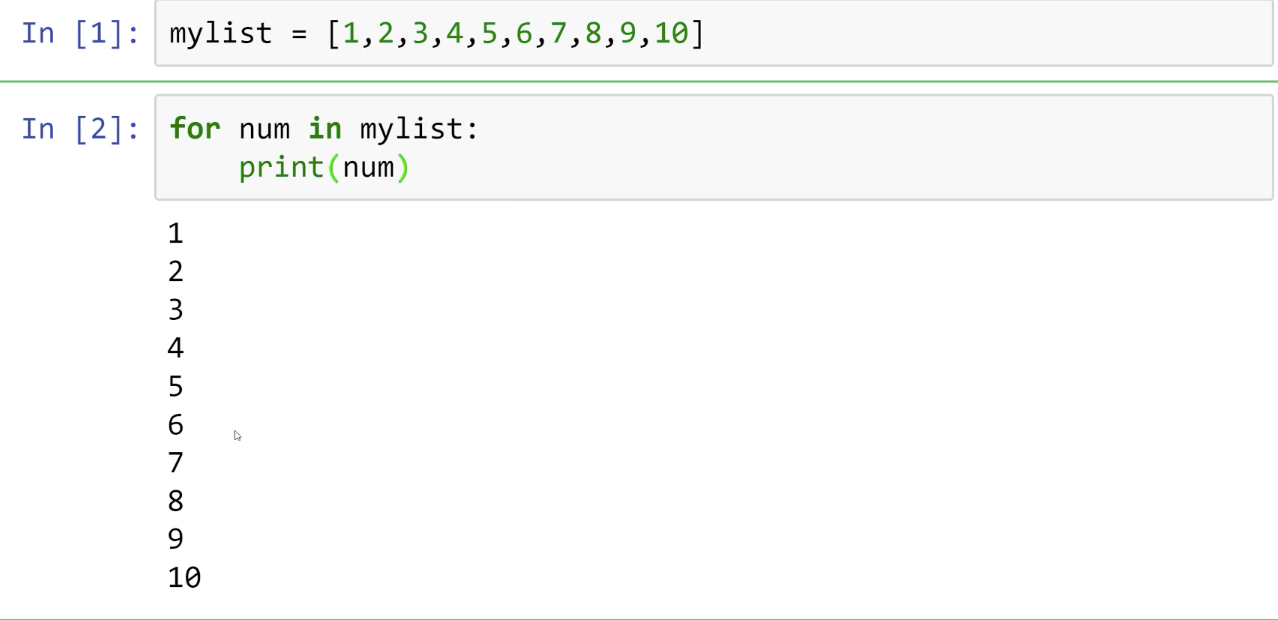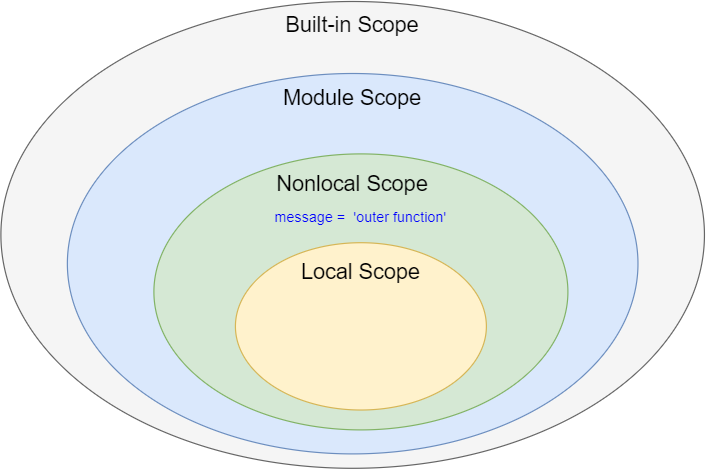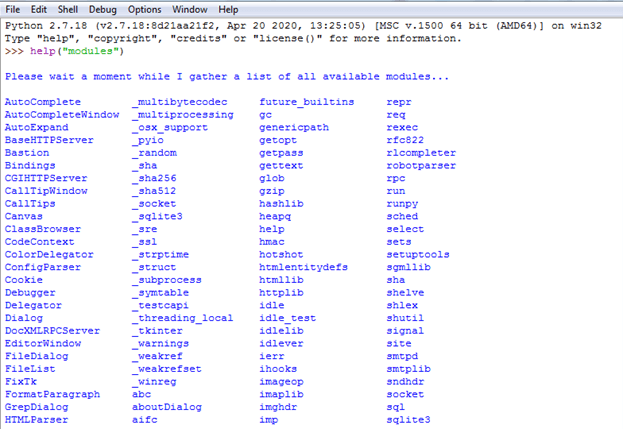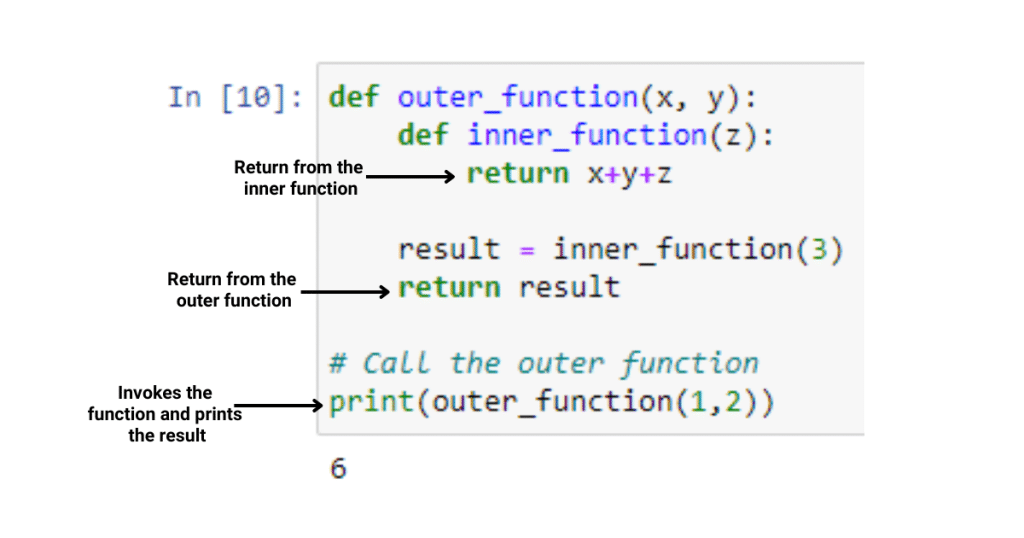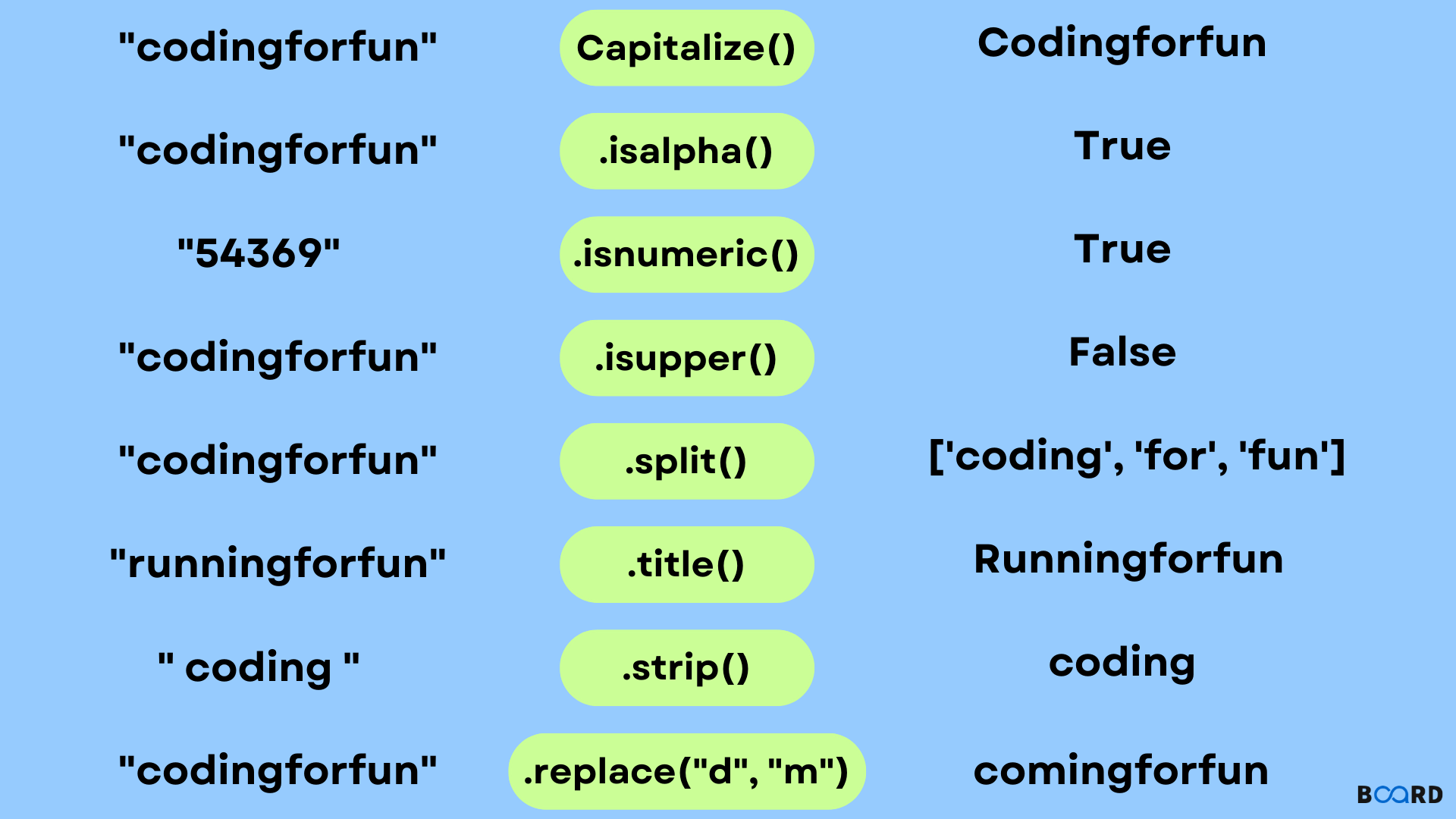How to install Python for the first time?
How to install Python for the first time?
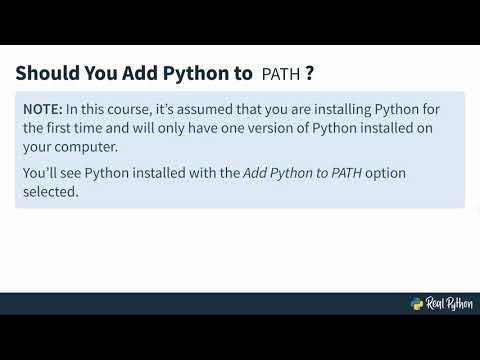
Here's a step-by-step guide on how to install Python for the first time:
Step 1: Download and Install Python
To begin, you need to download and install Python from the official Python website. Go to https://www.python.org/downloads/ and click on the "Download Python" button. This will take you to a page where you can choose your operating system (Windows, macOS, or Linux) and the version of Python you want to install.
For Windows users, you'll see two options: "Python" and "Python + IDLE". The first option is just the Python interpreter, while the second option includes IDLE, a basic IDE for writing and running Python code. For most beginners, I recommend choosing the latter.
Step 2: Choose Your Installation Location
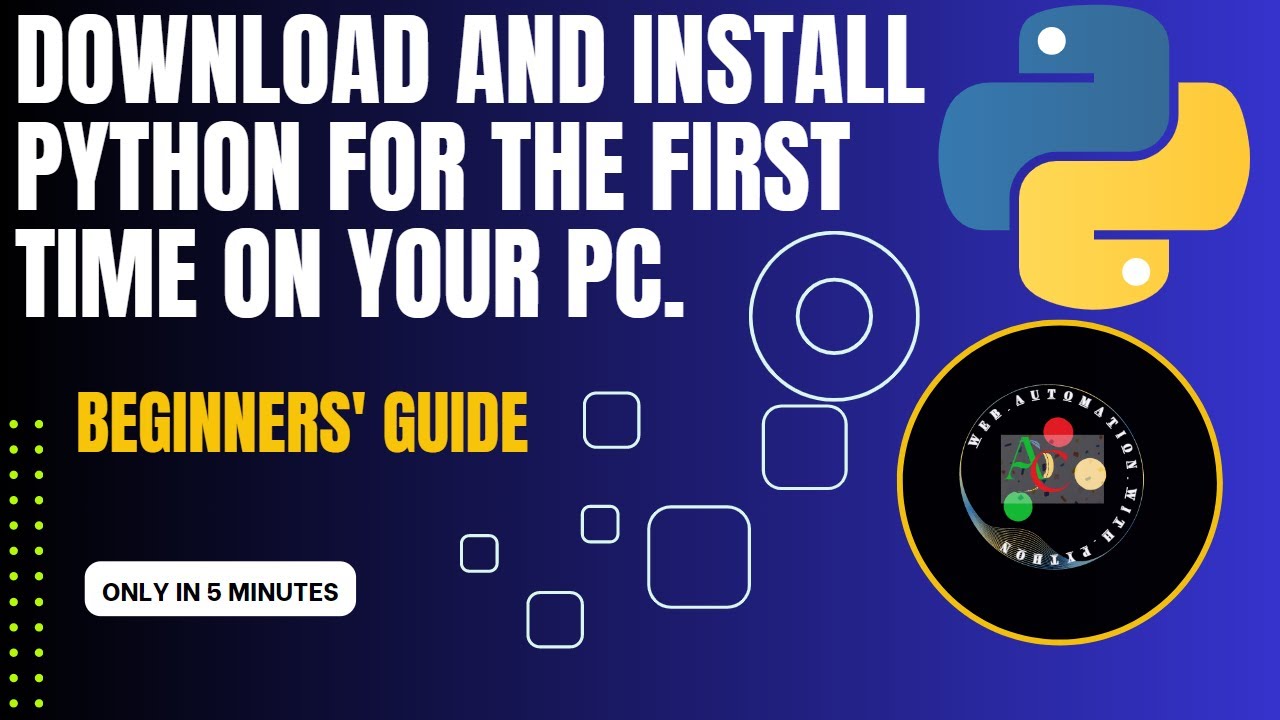
After downloading the installer, run it on your computer. You'll be asked to choose an installation location. By default, the installer will suggest a location like "C:Python3x" (where x is the version number). You can leave this path as-is or change it if you prefer.
Step 3: Install for All Users
You're also given the option to install Python for all users or just for yourself. If you want to be able to run Python from anywhere, choose "Install for all users" and enter your administrator credentials when prompted. Otherwise, choose "Install only for me" to keep Python isolated from other user accounts.
Step 4: Add Python to Your System Environment Variables
During the installation process, you'll also be asked if you want to add Python to your system's PATH environment variable. This allows you to run Python from anywhere without specifying the full path to the interpreter. For most users, I recommend choosing "Add Python to your PATH" so that you can easily access Python in the future.
Step 5: Verify Your Installation
After installation is complete, open a new command prompt or terminal window and type python --version (or python3 if you installed Python 3). This should display the version number of Python you just installed. You've now successfully installed Python for the first time!
Additional Tips
To verify that Python has been added to your system environment variables, open a new command prompt or terminal window and typeecho %PATH%. Look for the directory containing Python in this list. If you encounter any issues during installation or have trouble finding Python after installation, consult the official Python documentation or search online forums for solutions specific to your operating system. As you continue learning and working with Python, consider installing a Python IDE like PyCharm, Visual Studio Code, or Spyder to streamline your coding experience.
That's it! With these steps, you should now have a fully functional installation of Python on your computer. Happy coding!
How do i install python for the first time on windows
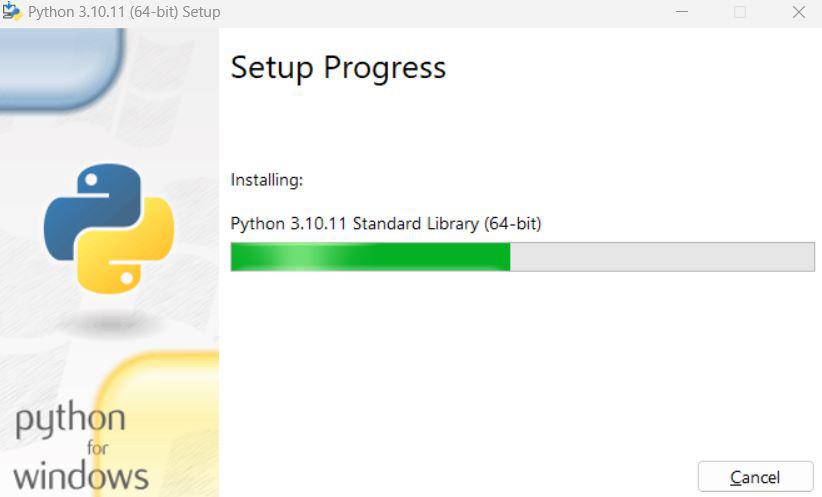
Installing Python on Windows for the first time! Let me guide you through it.
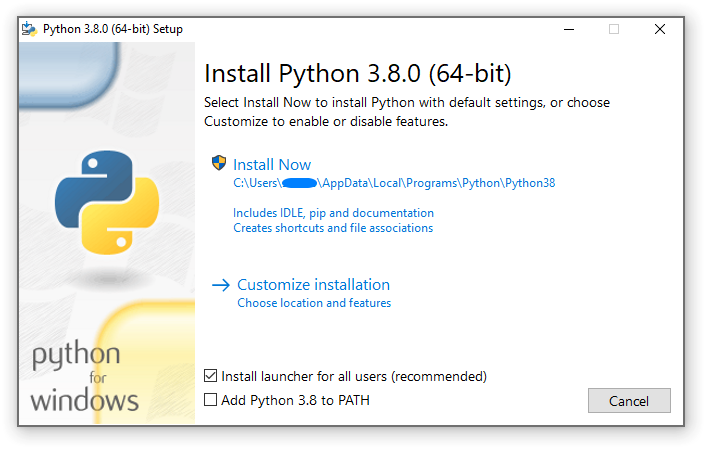
Step 1: Download Python
Head over to the official Python download page https://www.python.org/downloads/ and click on the "Download Python" button. You'll be taken to a page with several options:
Windows x86-64 ( recommended): This is the 64-bit version of Python, which is suitable for most users. Windows x86: If you have an older system or prefer the 32-bit version, this is your option.Make sure you download the latest stable version of Python (e.g., Python 3.9.x).
Step 2: Run the Installer
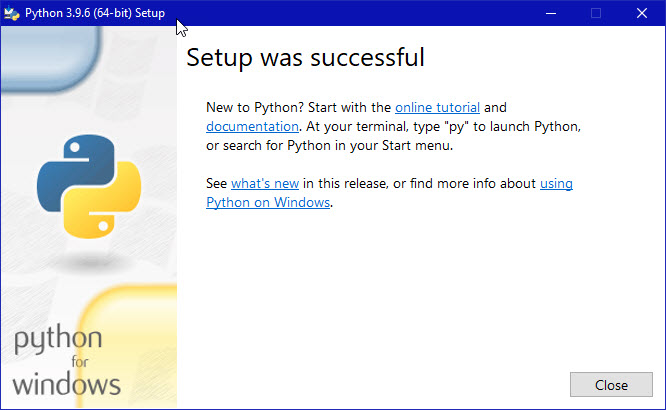
Once the download completes, run the installer (it should be named python-<version>-windows-x86_64.exe or something similar). The installer will prompt you to select a language and then begin the installation process.
Step 3: Install Python and Additions
The installer will ask you to choose an installation location. You can leave it at the default (C:Python39, for example) unless you have a specific reason to change it.
Next, you'll be presented with the "Advanced Options" section:
Install for all users (recommended): This allows other users on your system to use Python. Associate .py files with Python: This sets Python as the default program to run.py files.
You can also choose to install additional components, such as:
pip: The package installer for Python. You'll need this to install packages from the Python Package Index (PyPI). IDLE: A basic integrated development environment (IDE) for writing and running Python code. tcl and Expect: These are optional components that allow you to use Expect, a scripting language.
Step 4: Finish the Installation
The installation process should take only a few minutes. Once it completes, you'll see an "Install" button. Click this to begin the final setup.
Step 5: Verify Python's Installation
After the installation finishes, open a Command Prompt or PowerShell window and type python --version. You should see the version of Python you just installed (e.g., Python 3.9.7).
Step 6: Test Python
Open an editor like Notepad++ or Sublime Text, create a new file called hello.py, and paste the following code:
print("Hello, World!")
Save this file, then open a Command Prompt or PowerShell window and navigate to the directory where you saved the file. Type python hello.py and press Enter. You should see "Hello, World!" printed in your console.
Congratulations!
You've successfully installed Python on Windows for the first time!
Now that you have Python up and running, you can start exploring its many libraries, frameworks, and tools to begin your programming journey or continue building amazing projects!
(And remember: Grandma won't be angry if you respond in English only this time.)
